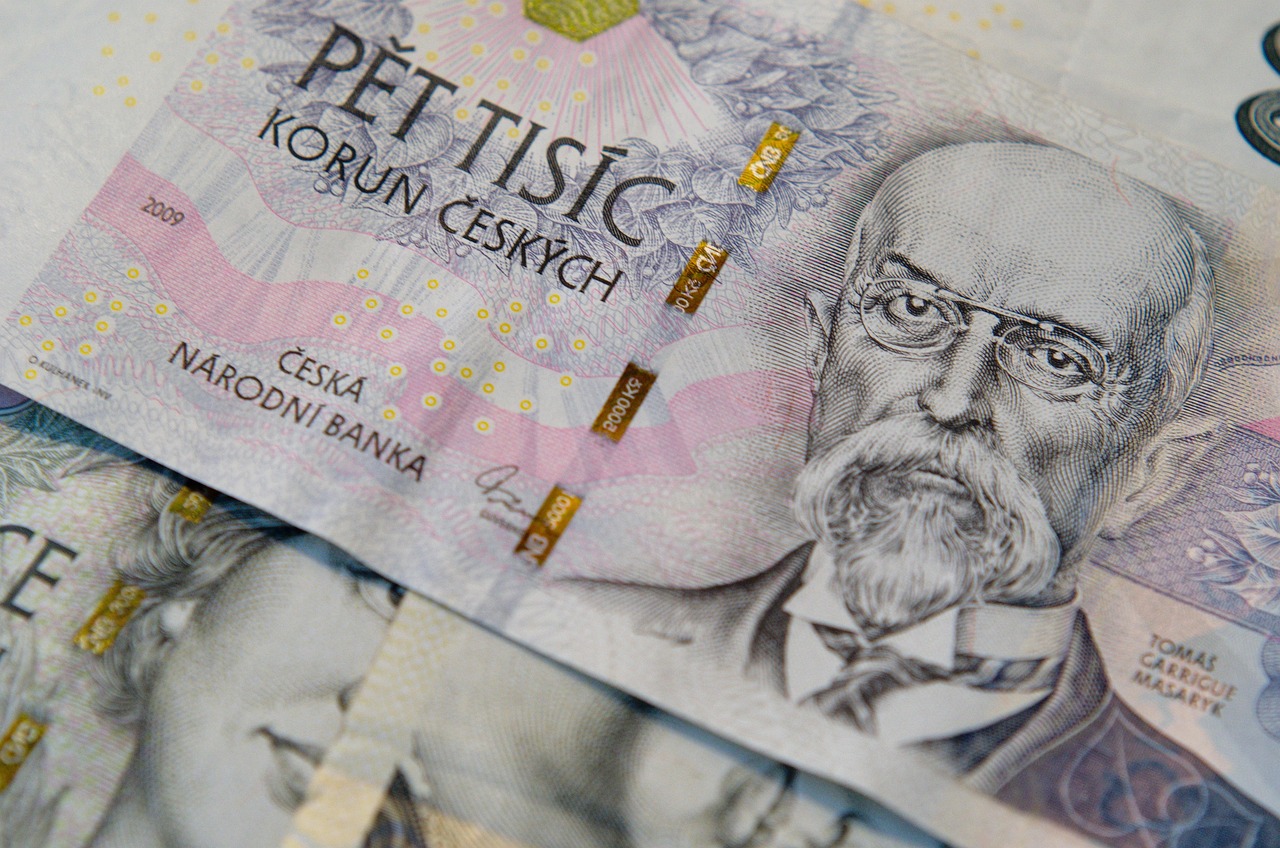“Tokenization of Real-World Assets: Bridging Traditional Fin
June 23, 2025 | by Sophia Vance

Tokenization of Real-World Assets: Bridging Traditional Finance and Blockchain
Forget Wall Street’s outdated playbook—today, the world’s most lucrative assets are being unleashed onto global blockchains, not just portfolios and private ledgers. The convergence of tangible value and digital agility is more than innovation; it’s inevitable.
From Paper Assets to Smart Tokens—Here’s the Leap
For decades, $700 trillion of real-world assets—think real estate, equities, bonds, fine art, and more—existed behind impenetrable barriers. Ownership was proven by signed contracts and wet ink, not digital signatures. Transfers took days, not milliseconds. Want to own a piece of a Manhattan skyscraper, a Picasso, or a luxury yacht? Good luck negotiating the red tape as a retail investor.
Enter tokenization: the game-changer blending blockchain’s transparency and efficiency with the heft of traditional finance (TradFi).
The Backbone: How Tokenization Works
At its core, tokenization is simple but seismic: it represents real assets—whether it’s gold, property, or a basket of loans—as digital tokens that can be traded 24/7 worldwide. Smart contracts automate transfers, enforce compliance, and ensure that every transaction is cryptographically secure and transparent. Suddenly, a New York penthouse can be split into 10,000 tokens, letting anyone from Seoul to Santiago hold a fraction—backed by legal and economic rights.
Why Now? Momentum Meets Market
- Liquidity: Historically illiquid assets (think: high-end real estate, venture equity) gain a liquid market, letting investors buy and sell their stakes with unprecedented speed. Asset tokenization could hit $16 trillion by 2030. The liquidity premium alone could redraft how we price the world’s wealth.
- Accessibility: Fractional ownership kills exclusivity. Retail investors now ride the same returns as institutions, democratizing assets that were, until recently, VIP-only.
- Transparency & Security: Blockchains don’t lie. Immutable records slash fraud, manipulation, and disputes. Smart contracts reduce operational risks and automate compliance boringly well.
- Cost Efficiency: No more endless middlemen scraping fees at every step. Lower friction means higher returns, period.
Real Use Cases—No Hype, Just Results
This isn’t just hype—it’s happening. BlackRock recently piloted tokenized money market funds. Singapore’s MAS is running real-world pilots, tokenizing government bonds and trade instruments. Even fine wine collections and vintage cars are being tokenized for global buyers hungry for diversification.
The DeFi sector is already onboarding tokenized government and corporate bonds, creating yield opportunities outside the shackles of legacy platforms. Platforms are making institutional-grade assets as easy to access as your Spotify playlist.
Challenges: Friction Points on the Runway
There’s no sugarcoating the friction. Regulation is uneven, and compliance is a moving target worldwide. Custody and legal frameworks must catch up to ensure that blockchain tokens truly represent—and enforce—real-world ownership.
But dismissing tokenization over these challenges is missing the forest for the trees. Every disruptive technology encounters resistance before it rewrites norms. Think of the e-commerce skepticism in the ’90s or how cloud computing was once dismissed as insecure.
The Vision: Why I’m All In (and You Should Pay Attention)
I’ve spent years breaking down crypto’s rapid-fire narratives for investors working both sides of the TradFi-DeFi divide. Tokenization stands head-and-shoulders above blockchain fads because it connects digital agility with grounded, tangible value. The path forward is inevitable, even if the timeline wobbles.
In five years, asset tokenization won’t be a buzzword; it’ll be an everyday expectation. When assets move at the speed of code—auditable, tradeable, borderless—capital gets smarter, fairer, and exponentially more efficient.
And that’s not just good for crypto. It’s a win for the entire financial ecosystem.

RELATED POSTS
View all



